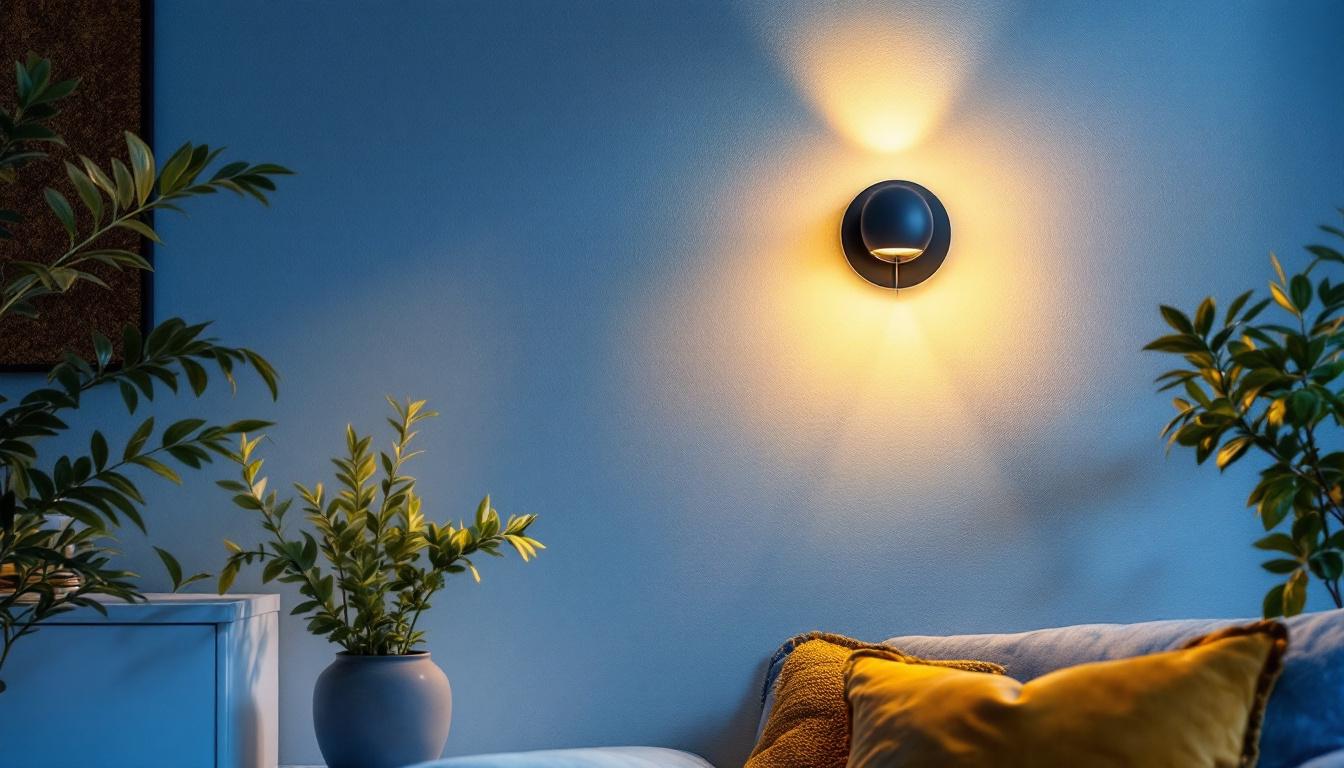
In the world of lighting design, the hanging pendant lamp stands out as a versatile and stylish choice. Whether used in residential spaces, commercial settings, or hospitality venues, these fixtures can dramatically alter the ambiance of a room. However, to maximize their potential, it is essential for lighting contractors to train their teams effectively. This article explores strategies for training your team in lighting, focusing specifically on the nuances of hanging pendant lamps.
Training is a crucial component in the success of any lighting project. A well-informed team can not only enhance the aesthetic appeal of a space but also ensure that lighting is functional and energy-efficient. Understanding the technical aspects of lighting, including fixture types, installation methods, and energy consumption, is vital.
Before delving into specific fixtures like hanging pendant lamps, it is essential for team members to grasp the fundamentals of lighting. This includes knowledge about light sources, color temperature, and the psychology of lighting. For instance, warm light can create a cozy atmosphere, while cooler tones can enhance focus and productivity.
Moreover, understanding the difference between ambient, task, and accent lighting will allow your team to make informed decisions about where and how to place hanging pendant lamps. This foundational knowledge sets the stage for more advanced training. It’s also beneficial for team members to explore how different lighting techniques can influence mood and behavior in various environments, such as homes, offices, and retail spaces. By recognizing the emotional impact of lighting, they can create spaces that not only look good but also feel right for their intended use.
Once the basics are covered, it is time to dive into the specifics of hanging pendant lamps. Training should include a thorough examination of the various types of pendant lights available, such as single pendants, multi-light clusters, and adjustable fixtures. Each type serves different purposes and can be used in unique ways to achieve desired lighting effects.
Additionally, team members should learn about the technical specifications of these fixtures, including wattage, lumens, and energy efficiency ratings. Understanding these metrics is essential for making recommendations to clients and ensuring compliance with local building codes and regulations. Beyond just the numbers, training should also encompass the practical aspects of installation, such as understanding ceiling heights and the appropriate spacing between fixtures to achieve optimal light distribution. This hands-on experience can empower team members to troubleshoot common installation challenges and ensure that the final setup meets both aesthetic and functional requirements.
Design principles play a significant role in the effective use of hanging pendant lamps. Training should encompass various design elements that contribute to the overall aesthetic and functionality of a space.
One of the key aspects of design is understanding scale and proportion. Pendant lamps come in various sizes, and selecting the appropriate size for a given space is crucial. For instance, a large pendant lamp may overwhelm a small dining area, while a tiny fixture might get lost in a grand foyer.
Training should include visual aids and real-world examples to help team members develop an eye for scale. Conducting mock installations can also provide practical experience in assessing how different sizes interact with their surroundings. Additionally, understanding the relationship between the pendant lamp and other elements in the room, such as furniture and architectural features, can further enhance the design. For example, a well-placed pendant can draw attention to a beautiful piece of artwork or a unique architectural detail, creating a focal point that elevates the entire space.
Placement and spacing are equally important when it comes to hanging pendant lamps. The height at which a pendant is hung can significantly affect the room’s ambiance and functionality. For example, pendant lights over a kitchen island should be hung at a height that allows for adequate task lighting without obstructing views.
Training should cover recommended heights for different applications, as well as spacing guidelines for multiple pendants. This knowledge will empower your team to create cohesive and visually appealing lighting arrangements. Furthermore, considering the overall layout of the room can influence the effectiveness of pendant placement. For instance, in an open-concept space, strategically placing multiple pendant lights can help define different areas, such as the dining and living zones, while still maintaining a harmonious flow throughout the room. Understanding how light interacts with various surfaces and colors can also enhance the overall atmosphere, making the space feel inviting and well-designed.
Proper installation techniques are essential for ensuring the longevity and safety of hanging pendant lamps. Training should cover the entire installation process, from initial planning to final adjustments.
Understanding electrical requirements is a fundamental aspect of installation training. Team members should be familiar with local electrical codes, as well as the specific requirements for hanging fixtures. This includes knowledge about wiring, circuit loads, and the importance of using the correct hardware.
Additionally, training should emphasize safety protocols, such as turning off power before installation and using appropriate personal protective equipment. A well-trained team will not only ensure compliance but also minimize the risk of accidents during installation.
Different mounting techniques may be required depending on the type of pendant lamp and the ceiling structure. Training should include hands-on experience with various mounting methods, such as flush mounts, chain suspensions, and adjustable rods.
Team members should also learn how to assess the ceiling structure to determine the best mounting approach. This knowledge will enable them to tackle a wide range of installation scenarios with confidence.
Even the best installations require ongoing maintenance and occasional troubleshooting. Training should encompass strategies for maintaining hanging pendant lamps and addressing common issues that may arise.
Regular maintenance is key to ensuring the longevity and performance of hanging pendant lamps. Team members should be trained on how to clean fixtures properly, check for loose connections, and replace bulbs when necessary. This knowledge will empower them to provide clients with valuable advice on maintaining their lighting systems.
Additionally, training should cover the importance of scheduling regular inspections to identify potential issues before they become significant problems. This proactive approach can save clients time and money in the long run.
Despite best efforts, issues may still arise with hanging pendant lamps. Training should include common troubleshooting techniques, such as identifying flickering lights, dimming issues, or complete power failures. Understanding the potential causes of these problems will enable team members to diagnose issues quickly and accurately.
Moreover, training should emphasize the importance of effective communication with clients. When issues arise, providing clear explanations and potential solutions can enhance client trust and satisfaction.
Part of a lighting contractor’s role is to educate clients about their options and the benefits of different lighting solutions. Training your team to communicate effectively with clients is essential for building strong relationships and ensuring project success.
When recommending hanging pendant lamps, it is important for team members to articulate the reasoning behind their design choices. This includes discussing how specific fixtures will enhance the overall aesthetic, provide adequate lighting, and meet the client’s functional needs.
Training should include role-playing scenarios where team members practice explaining their design choices in a clear and engaging manner. This practice will help them become more confident in their interactions with clients.
Setting realistic expectations is crucial for client satisfaction. Team members should be trained to communicate timelines, potential challenges, and maintenance requirements associated with hanging pendant lamps. By being transparent about the process, clients will feel more informed and engaged.
Additionally, discussing energy efficiency and cost implications can help clients make informed decisions that align with their budget and sustainability goals.
The lighting industry is constantly evolving, with new technologies and design trends emerging regularly. It is essential for lighting contractors to stay informed and ensure their teams are up-to-date with the latest developments.
Encouraging team members to pursue continuing education opportunities is a great way to keep them informed. This could include attending workshops, webinars, or industry conferences focused on lighting design and technology.
Additionally, subscribing to industry publications and following influential lighting designers on social media can provide valuable insights into emerging trends and best practices. Keeping the team engaged with ongoing learning will foster a culture of innovation and excellence.
Networking with other professionals in the lighting industry can also provide valuable insights. Team members should be encouraged to collaborate with designers, architects, and suppliers to gain a broader perspective on lighting solutions.
Participating in local trade shows or community events can also facilitate connections and foster relationships that can lead to new opportunities and collaborations.
Training your team in lighting, particularly in the context of hanging pendant lamps, is an investment that pays dividends in the long run. By focusing on the fundamentals of lighting design, installation techniques, maintenance practices, and effective communication, contractors can ensure their teams are well-equipped to meet client needs and exceed expectations.
As the lighting industry continues to evolve, staying informed and adaptable will be key to maintaining a competitive edge. By fostering a culture of continuous learning and collaboration, lighting contractors can position themselves as leaders in the field, delivering exceptional lighting solutions that enhance spaces and elevate experiences.
Ready to elevate your lighting projects with the finest selection of hanging pendant lamps and more? Look no further than LumenWholesale, where we provide contractors with exceptional, spec-grade lighting products at unparalleled wholesale prices. Say goodbye to local distributor markups and hello to a vast array of high-quality, reliable lighting options that meet rigorous industry standards. With the added benefits of free shipping and bulk purchase convenience, LumenWholesale is your go-to source for premium lighting without the premium price tag. Discover wholesale lighting at the best value today and bring your design visions to life effortlessly.

Explore how wall sconces can transform your living space while boosting energy efficiency.

Discover essential best practices for lighting contractors when it comes to appliance plugs.

Discover essential insights and expert advice on selecting and installing big temp LED fixtures for lighting contractors.

Discover the essentials of motion sensor outdoor lighting with our comprehensive guide tailored for lighting contractors.